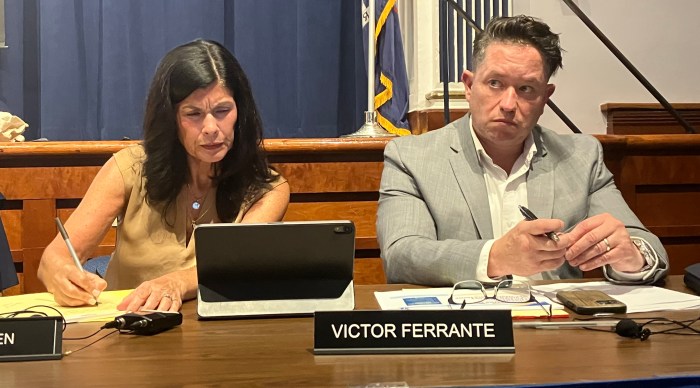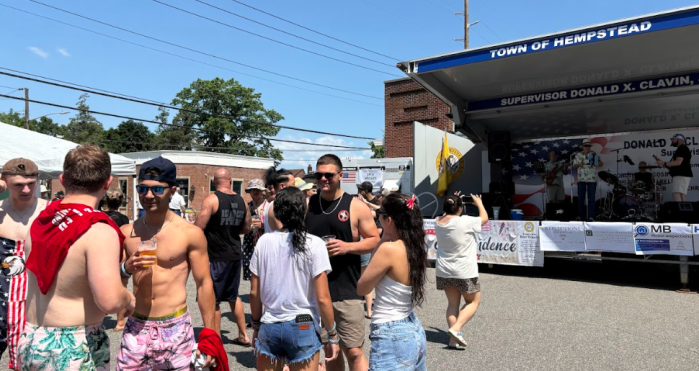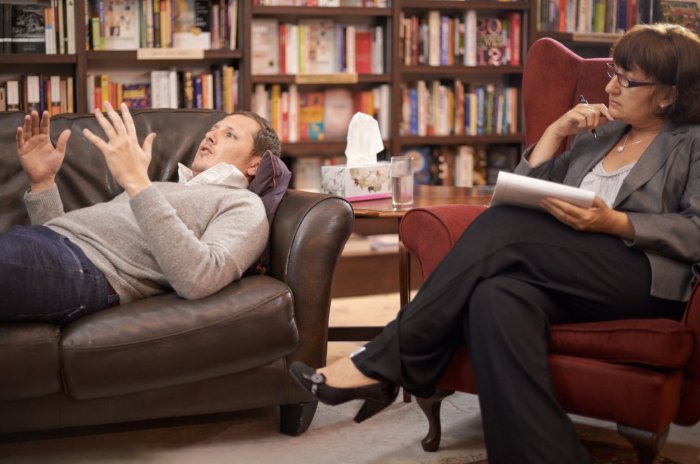Baltimore And The Ballad
Baltimore is a city that draws us deeply into the womb of history. It’s where Edgar Allan Poe wrote many of his Gothic tales of mystery and the macabre. Visiting his home in a rundown section of the city, one can picture Poe at the end of his sad and truncated life, wandering deliriously around its darkened streets, psychologically decomposing and perhaps half-mad, like a character from one of his tales, life imitating art.
Baltimore is also a glorified sports haven. Biting the hand that fed him, the legendary sports writer Jimmy Cannon once called sports the “Toy Department of Life.” Baltimore brushed aside that admonition by building two stadiums, one for baseball and one for football, literally a block or so apart. When it comes to their fun and games, Baltimore’s budgetary constraints are but pesky flies to be swatted away. Would you expect anything else from the city where Babe Ruth was born?
Nothing, however, quite equals the thrill of motoring up the mouth of the Patapsco River and into Baltimore Harbor. A red, white and blue buoy marks the spot where the HMS Tonnat was anchored exactly 200 years ago, the British warship where Francis Scott Key spying the “Dawn’s Early Light” feted his young country with a poetic paean of patriotism when through misty eyes he saw that through the “perilous night’ our “flag was still there.” That withered and bullet torn spangled banner can still be seen at the Museum of American History right in the heart of our nation’s capital.
Key’s lyrics, put to the tune of an English drinking song, made the Star Spangled Banner a one-hit wonder, although it wasn’t until 1931, with a big push from John Phillip Sousa, that President Hoover made it our first and only national anthem. Key’s masterpiece has been criticized as being nothing more than a jingoistic ode about bombs bursting in air, the red glare of rockets and the home of the brave. Some have even leveled the charge of it being an imperialistic, war mongering tirade. But these overheated rhetorical broadsides are usually politically motivated, a caricature of the noble and venerated.
The best antidote to these angry condemnations is to visit Fort McHenry’s beautiful visitor center, viewing the short film about the “Battle of Baltimore” and the immortal lines it inspired. At the film’s conclusion the enormous backdrop of the center suddenly opens to a spectacular sunlit vista where a gigantic American flag waves atop a majestic flagpole all to the thundering notes of the Star Spangled Banner. The proverbial lump you feel in your throat is never more palpable.
The Battle of Baltimore was fought during the War of 1812, sometimes called America’s Second War of Independence. Like the Korean War, it’s a mostly forgotten war, fought between two more storied and clearly defined conflicts. The war had begun after the cause for it ceased to exist. It was not fought for the reason declared. It was the last time the homeland was invaded; indeed, the Capitol itself torched. America’s greatest victory came after the peace treaty was signed, the provisions of which gave Americans none of the things they had fought for.
Despite this, the war made America a prouder, stronger and more unified nation. It gave us the Star Spangled Banner, a ballad incarnating the budding nation’s struggle and sacrifice to become the land of the free. It serves as an eloquent statement that freedom is not free and that the same martial spirit that fired the creative imagination of Francis Scott Key must, from time to time, be summoned amid the fiery crucible of history.


































